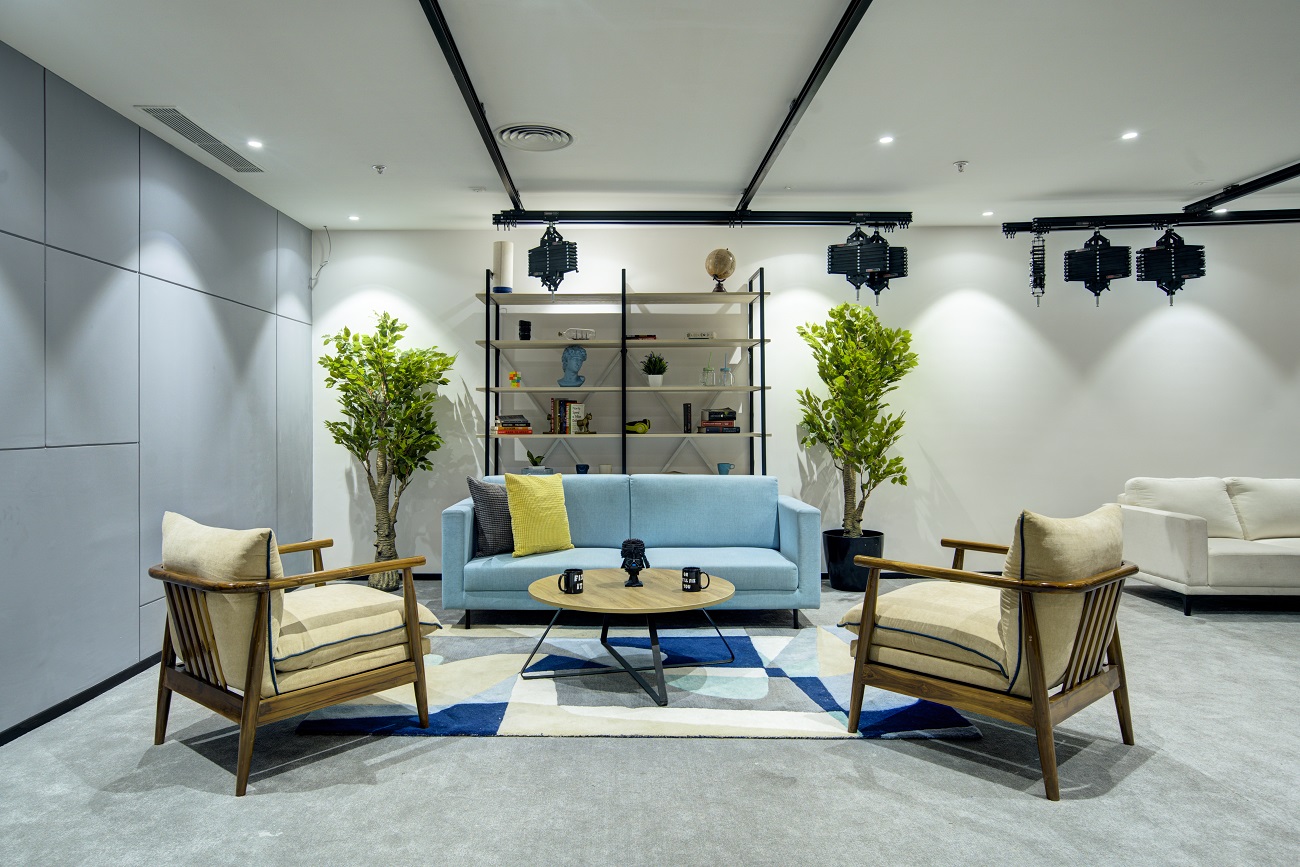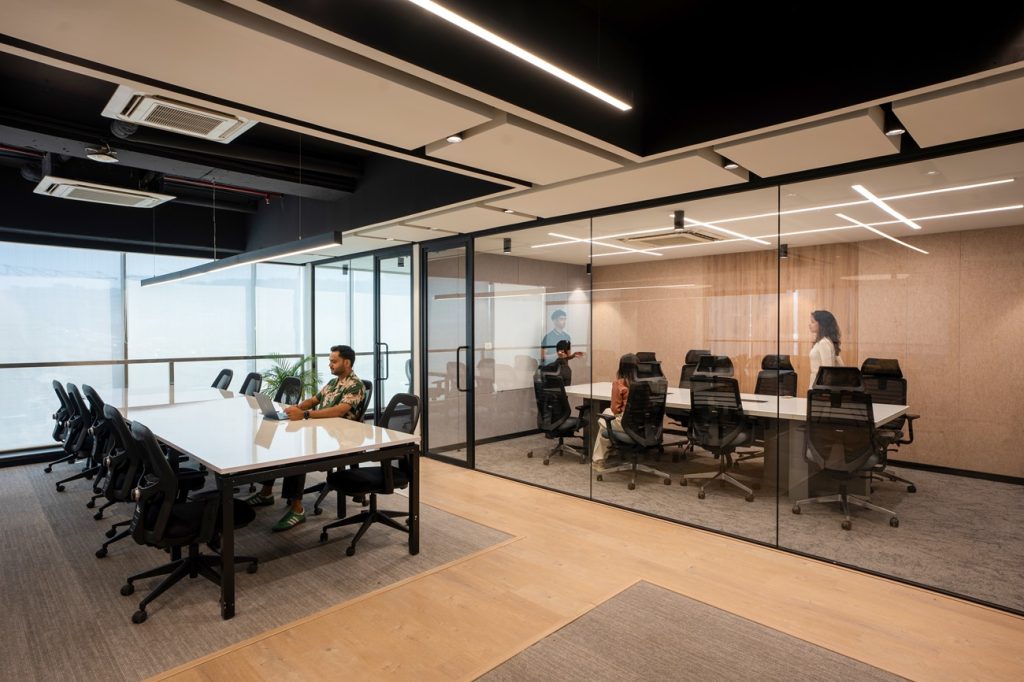Designing a space, be it effective office designs, residence, or commercial interiors is more than just a creative endeavour. It is an investment in functionality, aesthetics, and long-term comfort. Yet, even the most visionary designs can be derailed by common mistakes. From lighting miscalculations to ignoring the importance of space planning, these errors can turn a well-intended project into a costly misstep.
“The details are not the details. They make the design.” Charles Eames, Architect & Designer.
Here are some key pitfalls to avoid when designing your next space.
Ignoring the Importance of Lighting
Lighting plays a crucial role in defining the mood and functionality of a space. Harvard business review studies indicate that natural lighting in workplaces can increase productivity by 23%. Relying solely on ceiling-mounted fixtures can create a dull and uninspiring atmosphere. Instead, layer different types of lighting, ambient, task, and accent to create a dynamic and welcoming environment.
Overcrowding the Space
More furniture does not necessarily mean better design. According to The Journal of Environmental Psychology, cluttered spaces can elevate stress levels and hinder cognitive function. Modern office designs should prioritize movement and breathing space.
Poor Space Planning and Measurements
Every inch counts in design. Inaccurate measurements can lead to furniture that is too large or too small for a space, disrupting flow and functionality. Before purchasing, measure key dimensions and consider traffic flow.
Overlooking Storage Solutions
Hidden storage is the key to maintaining an uncluttered and efficient space. A survey by IKEA found that 60% of owners feel their living spaces lack adequate storage.
Choosing the Wrong Colour Palette
Colour psychology significantly impacts emotions and productivity. Office interiors painted in blue and green shades have been shown to enhance focus and creativity. Conversely, using an all-neutral palette can make a space feel monotonous and uninspiring.
Investing in Trends Over Timelessness
Following design trends blindly can result in a space that feels outdated within a few years. Instead, focus on a balance between contemporary aesthetics and timeless appeal.
“Good design is honest.” Dieter Rams, Industrial Designer
Neglecting a Well-Defined Budget
Impulse purchases and design changes mid-project can lead to cost overruns. According to McKinsey & Company, nearly 45% of construction and design projects exceed their initial budgets due to poor financial planning.
Incorrectly Sized Rugs and Artwork Placement
A rug that is too small can make a room feel disconnected, while artwork placed too high can seem out of sync with the space. A well-placed rug should anchor furniture, and artwork should generally be hung at eye level (approximately 57 inches from the floor).
Not Considering Future Adaptability
With evolving work habits and living needs, flexibility in design is essential. Modular furniture, movable partitions, and adaptable layouts provide long-term usability.
Business Insight: Mukesh Ambani once remarked, “The world is changing fast. Big will not beat small anymore. It will be the fast beating the slow.” Spaces that adapt quickly to changing needs will always be more valuable.
The Bottom Line
Every space tells a story. Well-designed office designs should enhance efficiency, comfort, and aesthetics. By avoiding these common mistakes, architects, designers, and business leaders can create spaces that are not only visually stunning but also deeply functional.
At Studio AsA, we believe in designing office interiors that stand the test of time. Let’s craft spaces that inspire, innovate, and elevate your everyday experiences.
Looking to transform your space? Reach out to us today.






